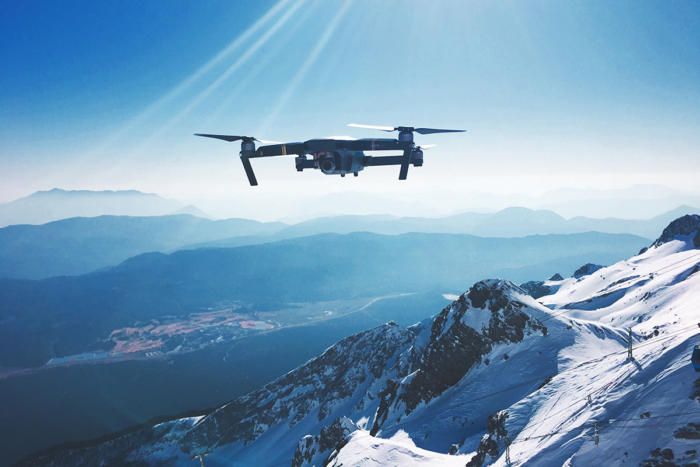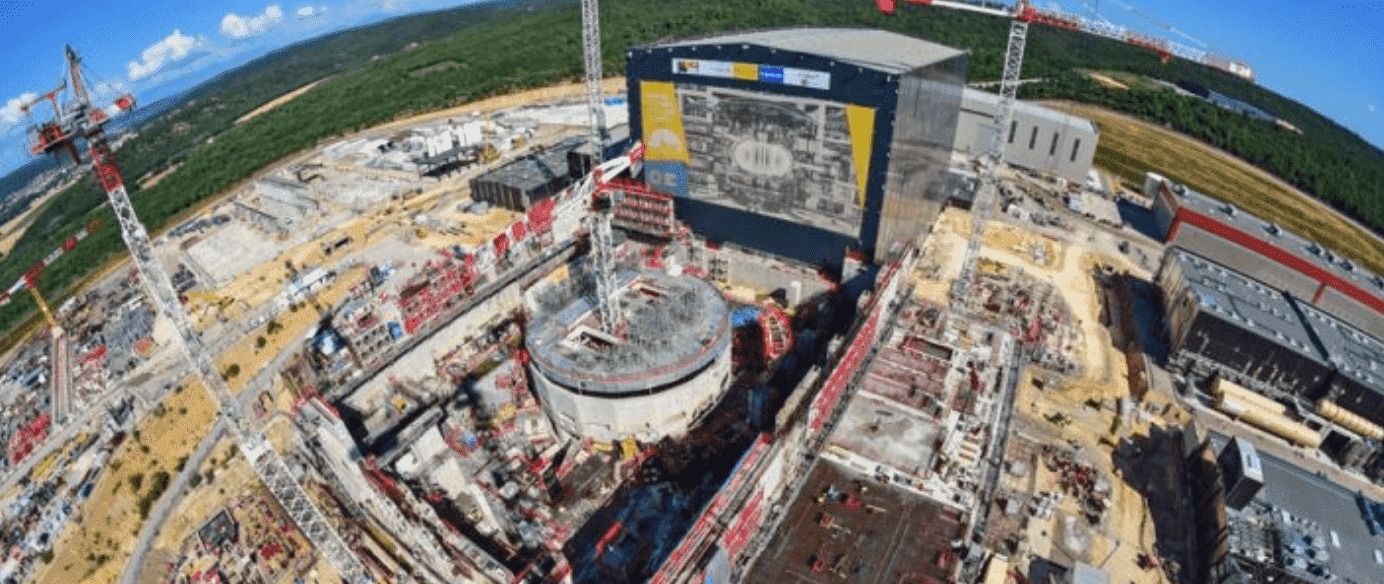The Centre for the Study of Existential Risk’s (CSER) special issue Futures of Research in Catastrophic and Existential Risk was recently published. CSER is an interdisciplinary research centre within the University of Cambridge dedicated to the study and mitigation of risks that could lead to human extinction or civilisational collapse.
The special issue, edited by CSER postdoc Dr Adrian Currie, brings together a wide range of research on existential and catastrophic risk. This research is increasingly multi-disciplinary and broad in scope. It considers how existential risk is conceptualized as well as challenges in communication, responsibility and epistemology. Many of the fifteen papers collected here were originally presented at our first Cambridge Conference on Catastrophic Risk in 2016.
Contents:






